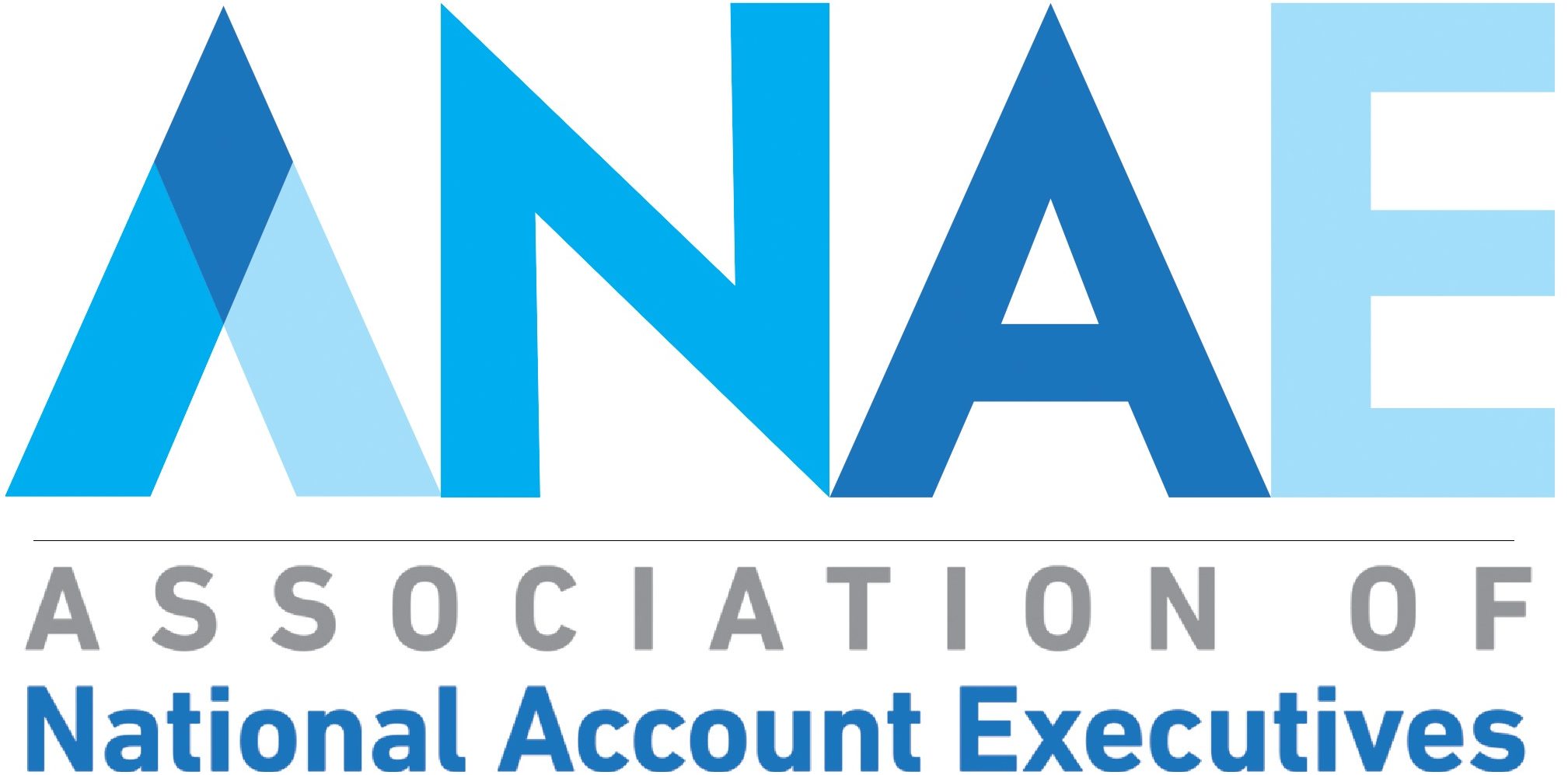By Pete Mercer

How IDNs and supply chain leaders navigated the tri-demic of 2022-2023.
The most recent respiratory season marked a uniquely challenging time for health systems and hospitals across the country as they squared off against a tri-demic: the intersection of RSV, flu, and COVID-19. This combination of respiratory illnesses posed a dangerous threat to patients, healthcare workers, and health systems, making it a difficult time across the spectrum of care.
The Journal of Healthcare Contracting publisher John Pritchard recently hosted a webinar sponsored by Cepheid to discuss how IDN supply chain leaders are supporting a stressed care setting, dealing with supply shortages, and reducing clinical variation in pursuit of higher quality outcomes and patient satisfaction. Pritchard was joined by:
- Shireen Ahmad, SSRM Strategy and Finance, CommonSpirit Health
- Cairo Wasfy, Chief Resource Officer, Supply Chain, Pharmacy, & Lab at Ardent Services
- Jeanne McHugh, Supply Chain Director at UHS
Here are three big takeaways from the discussion:
No. 1: The care setting has evolved
One of the most interesting obstacles that healthcare had to overcome was changing every approach to providing care that has been developed over the years. It was a total shakedown from top to bottom in areas of care and prevention that have been in practice for years. While it wasn’t easy, the healthcare industry managed to pivot and create opportunities for care that didn’t really exist before.
One of the biggest and widely recognized pivots is telehealth. “The biggest thing that was new to me is telehealth,” Wasfy said. “I’ve done one myself and it was very interesting. I like being in front of my physician, but it’s something that we are migrating to. Everyone knows about the nurse shortages, but we’re starting to see an even higher ratio.”
For McHugh, it was the responsibility that other healthcare workers took upon themselves to ensure that there were no gaps in care at UHS. Because clinicians were stretched so thin, nurses and pharmacists had to step up to provide levels of care that aren’t traditionally expected. McHugh said, “You saw a variety of people stepping in where the need was greatest. This licensure variability generated more access to care, which was important in the value-based care model we had.”
Additionally, there was an increased effort in ensuring that the general public kept themselves from getting sick. “We just didn’t have enough clinicians, so keeping them healthy was very important. You saw things like pre-vaccines and pre-home test kits and an enormous amount of messaging on what to do to prevent yourself from getting sick.”
No. 2: Destressing a priority
Burnout is a significant challenge in any industry, but it took on an altogether new meaning in the healthcare setting. Organizations are now actively looking for ways to make it easier for the staff to come back to work by reducing stress.
Ahmad said, “The more burden that supply chain and other support services can lift off of clinicians ultimately reduces the stress that front line workers face today. That really should be the focus. Supply chain is a support function in the overall care model, and we should be doing everything to help promote that.”
Further, CommonSpirit launched a program called Lira, which connects staff to mental and emotional health experts, with a network of coaches and experts to fit the individual needs of personnel. Programs like this provide a way to release any built-up tension in a healthy and pragmatic way.
No. 3: Addressing supply shortages and rebuilding stock
If we want to avoid supply shortages and stay ahead of our stock, health systems and hospitals will need updated strategies and better solutions to help avoid disruptions in the future. For Wasfy, that means diversification. “(But) I don’t think we can get away from the large distributors. You need the majority of your business there because they are the big distributors, and they will have the volume to meet your needs. When you diversify your suppliers, you can create solutions.”
At UHS, McHugh realized early in the pandemic that there is not a lot of visibility on the products in storage. She said, “There are these mini warehouses and mini storage that are controlled by the clinical teams, and we don’t have visibility to them.” Without that visibility, it’s impossible for McHugh’s team to anticipate burn rates or have a better understanding of what they had in stock. Her long-term strategy to is to get visibility to those ancillary pockets of inventory to better understand what’s available and what isn’t.
Now that the pandemic is seemingly coming to an end, it’s important to rebuild stock of the basics. Ahmad discussed how CommonSpirit had partnered with a company in China to directly source materials from manufacturers in Asia. “What that does is help provide a vertical supply chain solution, transparency upstream to supply critical PPE and other high utilization items like gowns and gloves that have recently been subject to major disruptions.”
